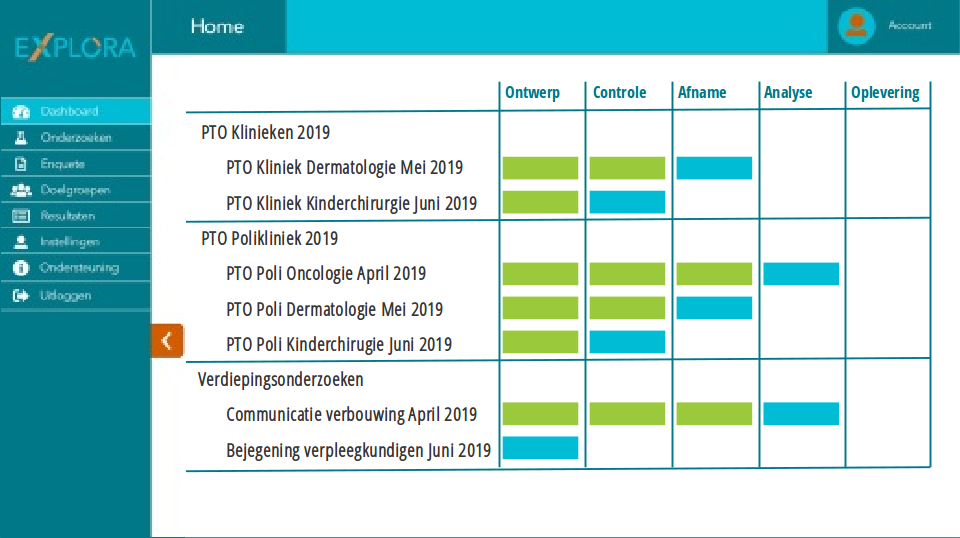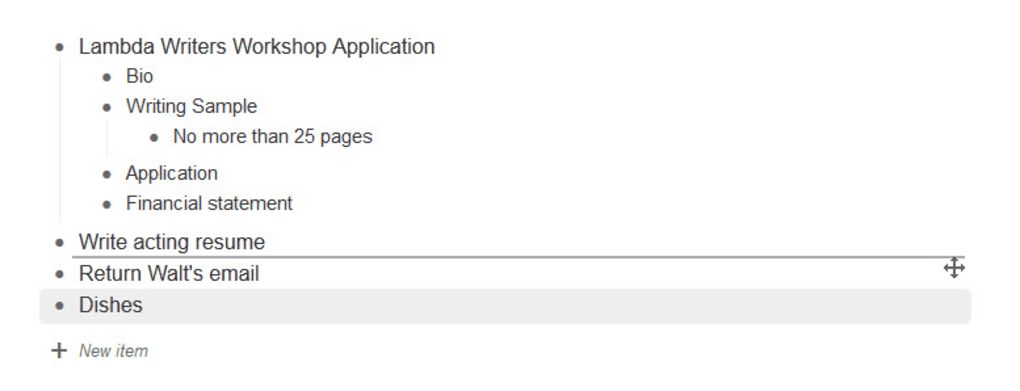

So, what are the similarities and differences between these workflow frameworks? This is a good point – data science workflows typically seem “obvious” to data scientists, but there is still value in defining a workflow for your project, in that it helps to ensure everyone on the team understands the work to be done and also helps to make sure that a step is not skipped or forgotten. You get some data, you clean it up, play around with it, you build a robust model and, you know, you make a graph, or write about it. As noted by one by one of the authors of that blog, OSEMN:ĭocuments the process of data science … this seems completely obvious to those of us in this room today, right. It has five phases for a data science project: Obtain, Scrub, Explore, Model, and i Nterpret. OSEMN (Rhymes with possum) was first described in 2010. Projects can “loop back” as needed to a previous phase.

Each phase has its own defined tasks and set of deliverables (including documentation and reports).

As shown in the standard CRISP-DM visual workflow, it describes six iterative phases.Įach phase (Business understanding, data understanding, data preparation, modeling, evaluation and deployment) has its own defined tasks and set of deliverables such as documentation and reports. Dissemination of results in the form of written reports and/or executable code.ĬRISP-DM: Defined to standardize a data mining process across industries, CRoss-Industry Standard Process for Data Mining (CRISP-DM) is the most well-known framework used to define a data science workflow.Reflection to interpret the outputs, and finally.Preparation of the data, then alternating between.In her blog, Joshi describes five linear phases:Ī more advanced framework was described by Philip Guo. In a different blog, Aakanksha Joshi discussed using a data science workflow leveraging IBM’s Watson Studio Cloud, but the workflow could be useful independent of the technology stack used. Aakash Tandel’s Workflowįor example, a workflow described by Aakash Tandel provides a high-level data science workflow, with a goal of serving as an example for new data scientists. It includes the following five logical steps: Perhaps not surprisingly, there are numerous blog posts, where people have explained their own workflow. It has a five-phase framework and the process acknowledges that there are iterations between the phases.

Let’s start with Blitzstein & Pfister’s workflow, which is used in Harvard’s introductory data science course.
WORKFLOWY ROADMAP HOW TO
If you want more details on workflows and how to integrate them within your project, explore the Data Science Team Lead course. The rest of this article explores these existing workflow frameworks, and at the end, provides an integrated view of them. Two more well-known frameworks used by numerous teams.Three workflows defined within blogs where they discuss their specific workflow used.One workflow used within a data science course at Harvard.To show the diversity of possible workflow frameworks, this post describes: The concept of a data science workflow is not new, and there are many frameworks that a team can use. One way to think about the benefit of having a well-defined data science workflow is that it is like a set of guardrails to help you plan, organize, and implement your data science project. Using a well-defined data science workflow is useful in that it provides a simple way to remind all data science team members of the work to be done to do a data science project. A data science workflow defines the phases (or steps) in a data science project.


 0 kommentar(er)
0 kommentar(er)
